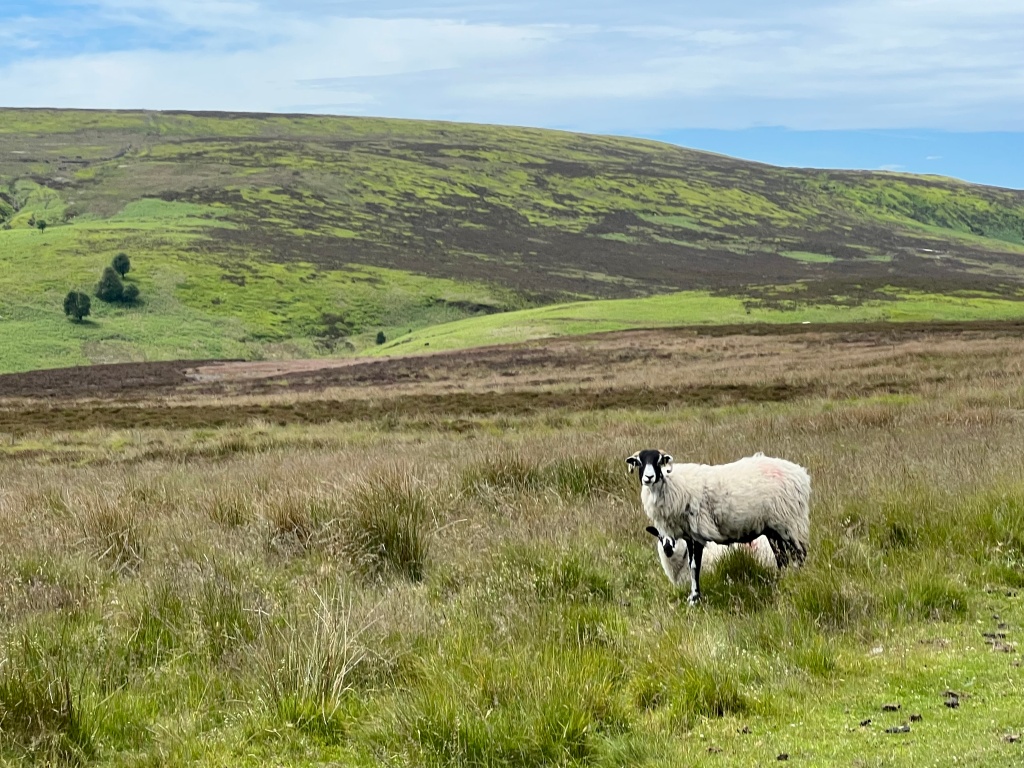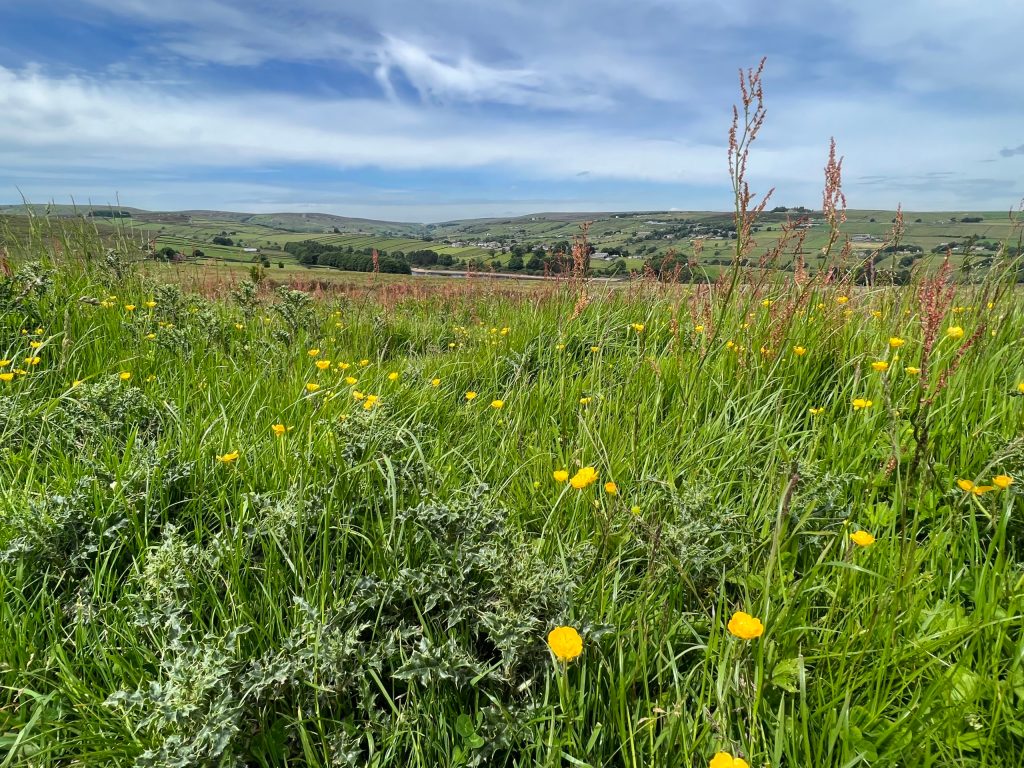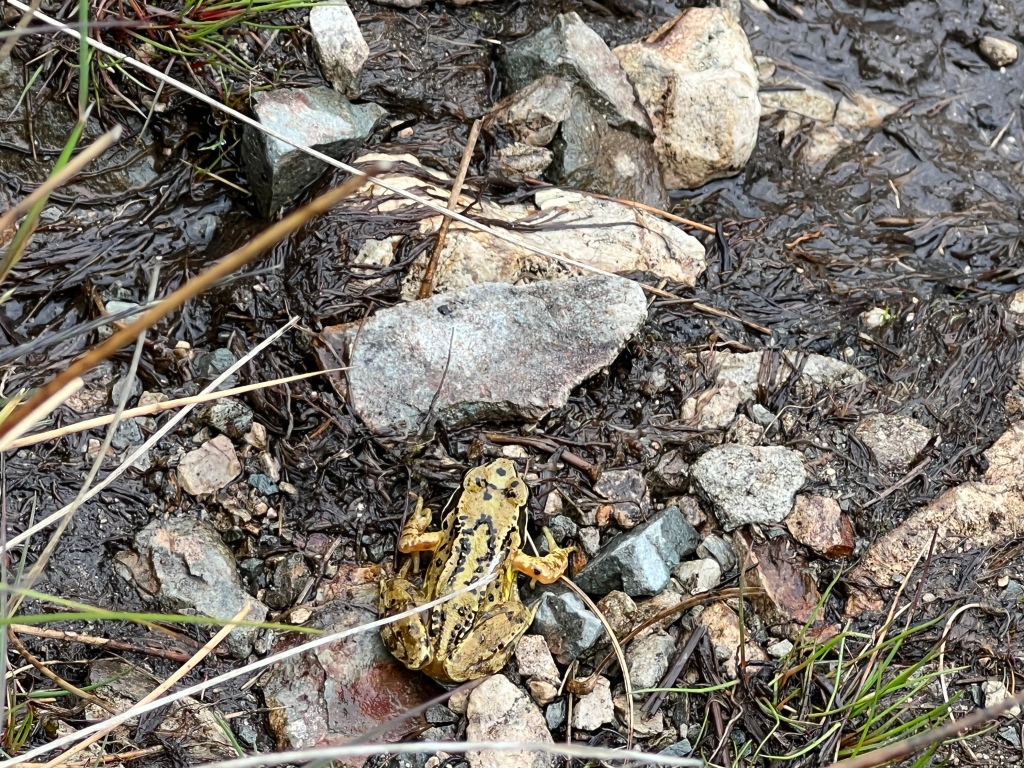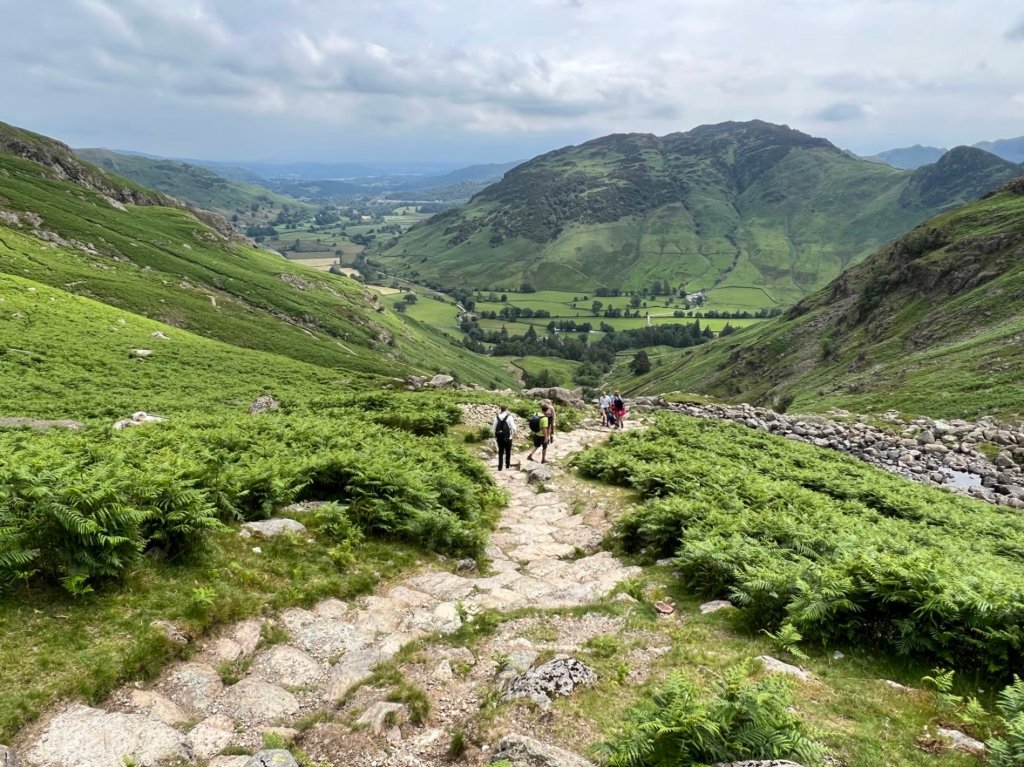By Meggie Tran
What better place to finish an English BA degree than in England? There was nothing like reading British literature while being in the very places that had inspired the authors. As an avid hiker, I was particularly inspired by England’s natural side. As much as I already enjoyed being in the outdoors, I wanted to learn how I can view nature through a deeper, more nuanced lens. Maybe I could learn to appreciate Mother Nature even more than I already did.
I learned from a few select writers that Mother Nature’s treasures can only be revealed to you if you open your heart to her. Nature, without its artificial human interpretations, is beautiful and lovely. I have resonated deeply with the expression of this lesson from Wuthering Heights by Emily Brontë and “The Nightingale” by Samuel Taylor Coleridge.
Emily Brontë spent her days roaming the wild moors of Yorkshire in North England. Through her eyes, the moors are regarded as a freeing and splendid place. One of the main characters in Wuthering Heights, Catherine, says, “My companion is impatient, and proposes that we should appropriate the dairywoman’s cloak, and have a scamper on the moors, under its shelter” (Brontë, Wuthering Heights). She is referring to her childhood friend, Heathcliff, who shares a home with her emotionally abusive family. For Catherine and Heathcliff, the moors are a place of freedom where they could play and be whoever they want to be. Though their brick-and-mortar home is shelter of some kind, it cannot compare to the emotional and physical shelter of the moors where they have freedom, away from the troubles in their house.

CAPTION: Meet the locals of the moors nearby Haworth… sheep!
At first, it was a little deceiving for me to roam the moors nearby Haworth, Brontë’s hometown. The sun baked me, and the treeless landscape made it easy to get lost. So, I tried to see the moors through the eyes of Brontë’s Catherine and Heathcliff. As I opened my heart to the moors, it seemed that the purple flowers scattered everywhere reminded me that beauty can be found even in the barest of landscapes. Those flowers were free to grow and support the local ecosystem. I felt a fleeting freedom in soaking in nature’s splendor, away from human worries and anxieties. It was just me, my fellow classmates, my professor, and the land of fresh air and wide-open spaces. The lack of trees made the moors seem to stretch on forever. Now I could understand why Catherine and Heathcliff felt so liberated out here. If they could, they would forever run into the horizon.

CAPTION: The endless fields of grass in the moors suggest that you can run through them forever.
I picked up another important insight from Samuel Taylor Coleridge’s “The Nightingale,” in which the poet criticizes anyone who thinks that the nightingale’s song is melancholy when it should instead be appreciated and adored for its natural beauty:
And hark! the Nightingale begins its song,
“Most musical, most melancholy” Bird!
A melancholy Bird? O idle thought!
In nature there is nothing melancholy.
—But some night-wandering Man, whose heart was pierc’d
With the remembrance of a grievous wrong,
Or slow distemper or neglected love,
Coleridge emphasizes that “In nature there is nothing melancholy” because we need to catch ourselves whenever we unfairly label Mother Nature as such. The “slow distemper or neglected love” that we feel from human problems should in no way reflect the natural splendor of the nightingale’s song. Coleridge suggests that we truly open ourselves to Mother Nature so that we can enjoy its splendor, rather than let our artificial human anxieties reflect onto her.

CAPTION: No wonder why this natural landscape is known as the Lake District!
On my arduous hike through the rugged mountain ranges of England’s Lake District, I found it so easy to appreciate animals that I have always regarded as cute. When a yellowish frog hopped onto my path, I couldn’t help but admire it for its adorable looks and ability to survive in this environment. I had no problem with the frog, but I was truly put to the test when a fly kept hovering around me. The fly bothered me, making me feel anxious. Then I started to worry about other things in my life that I thought I had left behind. Soon, however, I checked myself, remembering Coleridge’s lesson on appreciating nature’s beings for what they are. I developed a different mindset about the fly, one that was more understanding of its existence. Just like the frog, the fly belonged to this landscape. If anything, I was the visitor. My bothered feelings around the fly reduced as I began recognizing its place in this world. If this bug wanted to buzz, so it shall. Even when the fly continued to hover around me, I regarded it as a fellow living being, as I did with the frog.

CAPTION: A yellowish frog greeted me during my hike through the Lake District.
My excursions through England’s natural landscapes wouldn’t have been the same if I didn’t do it through ASU’s study abroad trip. I am grateful to have integrated England’s Mother Nature with wise perspectives from legendary British authors, Emily Brontë and Samuel Taylor Coleridge. It is through a literary lens that I can better appreciate the natural splendor of England. I will continue to resonate with the personal value of appreciating nature in its authentic beauty wherever I go in this world. I’m just glad that England was where the foundation of this value began for me!

CAPTION: England’s authors and landscapes taught me how to better appreciate the natural world around us.
Brontë, Emily. Wuthering Heights. Gutenberg Project, 1847.
Coleridge, Samuel Taylor. “The Nightingale; A Conversational Poem, Written in April, 1798.”
Lyrical Ballads, with a Few Other Poems, 1798.
